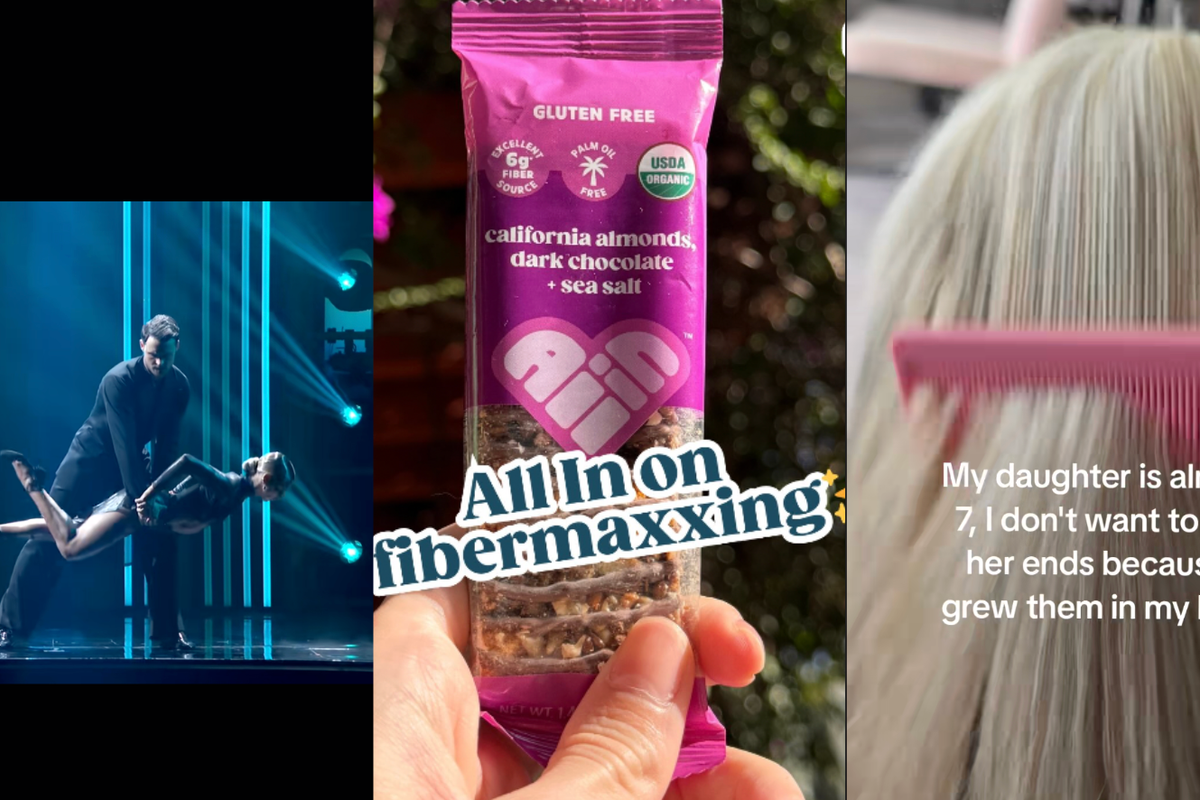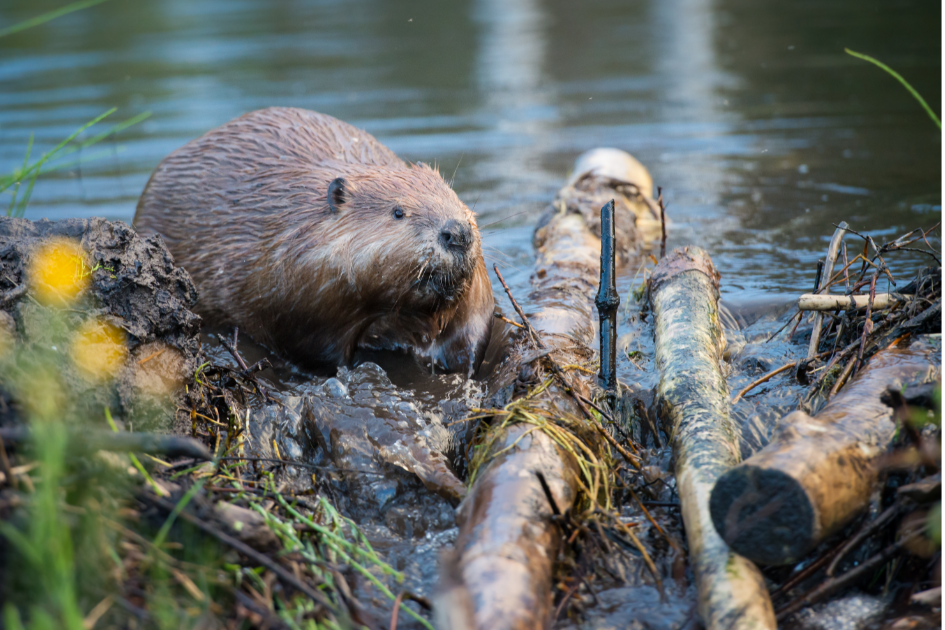Picking a unique baby name based on its meaning is a fun, and pretty practical, approach. With so many beautiful baby names to choose from, looking into the etymology is a solid baby naming strategy that can get you closer to a name that feels right.
Self-proclaimed "name nerds" on Reddit offered their baby name picks based on their interesting definitions. As one parent noted, "I personally feel the meaning of a name has ~power~ and I want my kid to feel bad*ss when they learn theirs."
These are 71 of the most unique baby names based on their meanings.
@writing_on_boardsName meanings series! Feel free to comment your names, and I’ll use it for a video! 🫶🏼💗⭐️ #fyp #whiteboard #asmr #satisfying #name #namemeaning #marker #handwriting #classroom
Girl Names
"Ylva: she wolf." - penguinsfrommars
"Ursa: she bear." - penguinsfrommars
"Torvi: thunder." - penguinsfrommars
"Matilda: powerful in battle." - penguinsfrommars
"Sophie: wisdom." - penguinsfrommars
"Branwen: white raven." - penguinsfrommars
"Eira: snow." - penguinsfrommars
"Stella: means star, but also the tough, no nonsense fairy from Winx Club :D." - User Unknown
"Alexandra: strength and defend." - User Unknown
"Victoria: winner, plus literary connotations." - User Unknown
"Beatrice : one who brings joy." - User Unknown
"Avery: wise." - User Unknown
"Margaret: pearls (which are beautiful, but also very tough, and are formed by clams as a defense to threats)." - User Unknown
"Lana: calm as still waters [Hawaiian]." - User Unknown
"Amanda: worthy of love." - User Unknown
"Elizabeth: God is my oath." - User Unknown
"Seraphina: fiery one." - User Unknown
"Leona: lioness." - moonsugar6
"Liana: vines." - moonsugar6
"Gaia: earth." - moonsugar6
"Evren: cosmos, universe." - moonsugar6
"Asteria: star." - moonsugar6
"Aveline: hazelnut, desired." - moonsugar6
"Talvi: winter." - moonsugar6
"Irene: peace." - moonsugar6
"Lola: sorrows." - Intrepid_Source_7960
"Jemima: dove." - Intrepid_Source_7960
- YouTube www.youtube.com
"Guinevere: white wave [Welsh]." - Intrepid_Source_7960
"Selene: moon goddess." - Intrepid_Source_7960
"Talia: gentle dew from heaven." - Intrepid_Source_7960
"Evanthe: good flower." - moonsugar6
"Ida: industrious one." - Intrepid_Source_7960
"Emma: whole, universal." - Intrepid_Source_7960
"Simone: one who hears God, hearkening." - Intrepid_Source_7960
"Winifred: peaceful friend." - Intrepid_Source_7960
"Abigail: father's joy." - KhaleesiofNZ
"Adelaide: noble natured." - KhaleesiofNZ
"Adina: gentle, mild." - KhaleesiofNZ
"Celeste: heavenly." - KhaleesiofNZ
"Eleanor: light-hearted, shining light." - KhaleesiofNZ
"Josephine: shall grow." - KhaleesiofNZ
"Louisa: famous warrior." - KhaleesiofNZ
"Marceline: young warrior." - KhaleesiofNZ
"Mirabel: wondrous, of wondrous beauty." - KhaleesiofNZ
"Salome: peace." - KhaleesiofNZ
Boy Names
"Arthur: bear." - shaboogami
"Bran: raven." - penguinsfrommars
"Ambrose: immortality." - penguinsfrommars
"Arcturus: guardian of the bear - this is actually the name of a star, but I personally think it would make a good boys name." - penguinsfrommars
"Alfred: elf-counsel." - penguinsfrommars
"Morgan: sea chief or sea bright." - penguinsfrommars
"Norbert: means 'bright north', also my grandfather’s name." - _opossumsaurus
"Lionel: the little lion." - User Unknown
"Isaac: one who laughs/rejoices." - User Unknown
"Silas: man of the forest." - User Unknown
"Leander: lion man." - moonsugar6
"Todd: fox." - moonsugar6
- YouTube www.youtube.com
"Darby: free from envy." - Intrepid_Source_7960
"Baldwin: bold friend." - Intrepid_Source_7960
"Ronan: little seal." - Intrepid_Source_7960
"Douglas: black water." - Intrepid_Source_7960
"Odin: inspiration." - Intrepid_Source_7960
"Ezra: helper." - Intrepid_Source_7960
"Orson: bear cub." - moonsugar6
"Silvan: forest." - moonsugar6
"Stellan: calm." - moonsugar6
"Evander: good man." - moonsugar6
"Alden: old friend." - KhaleesiofNZ
"Asher: happy." - KhaleesiofNZ
"Franklin: landowner of free not not noble origin." - KhaleesiofNZ
"Lucas: bringer of light." - KhaleesiofNZ




 Beaver on riverbank.
Beaver on riverbank.  Pbs Nature Swimming GIF by Nature on PBS
Pbs Nature Swimming GIF by Nature on PBS  An actual beaver dam on the now-thriving Price River
An actual beaver dam on the now-thriving Price River 

 a piece of paper with a heart drawn on it Photo by
a piece of paper with a heart drawn on it Photo by 
 A woman looking annoyed.via
A woman looking annoyed.via  An annoyed woman hugging another woman.via
An annoyed woman hugging another woman.via 
 An old America Online disc. via\u00a0Karl Baron/Flickr
An old America Online disc. via\u00a0Karl Baron/Flickr  Brittany Murphy in the 90s.
Brittany Murphy in the 90s.